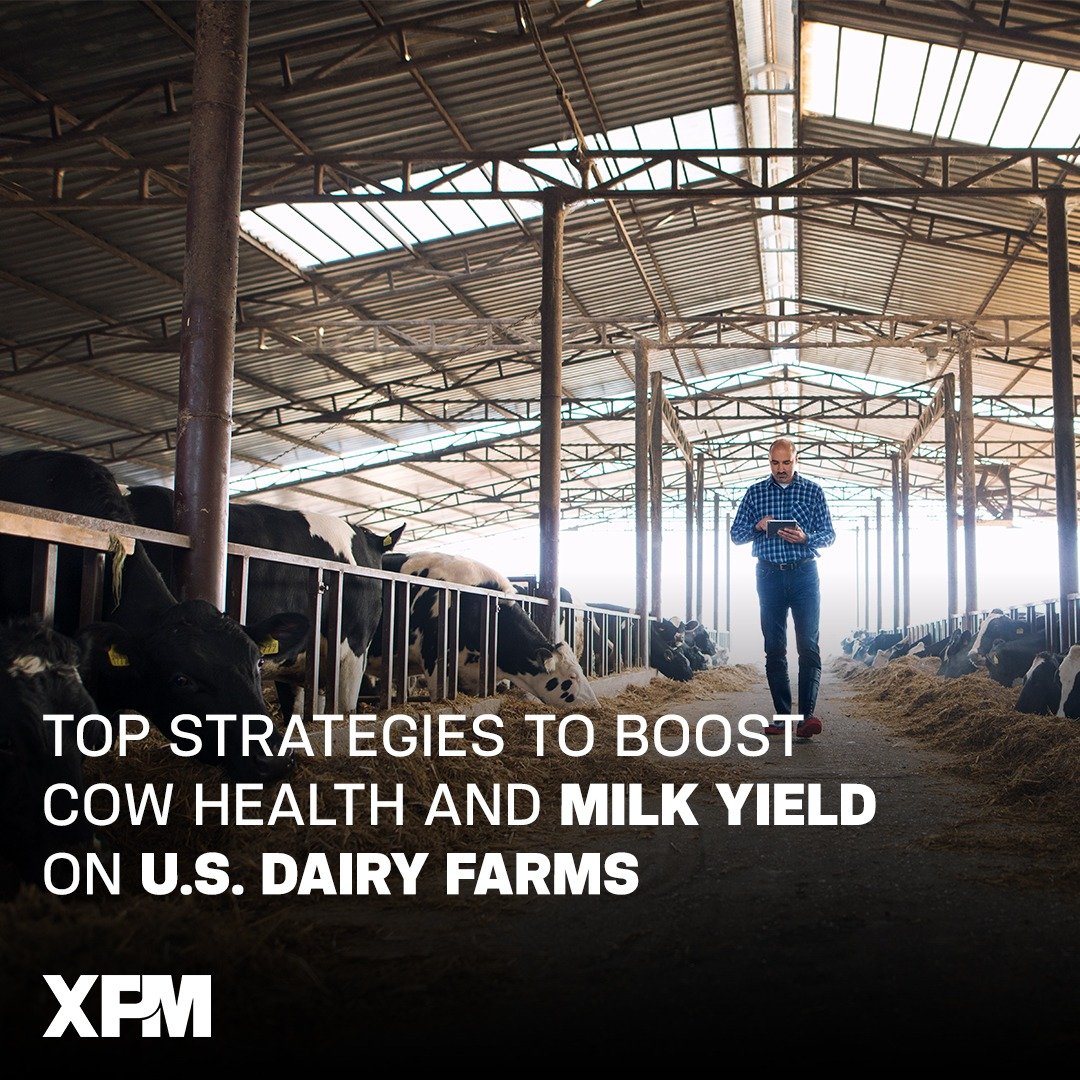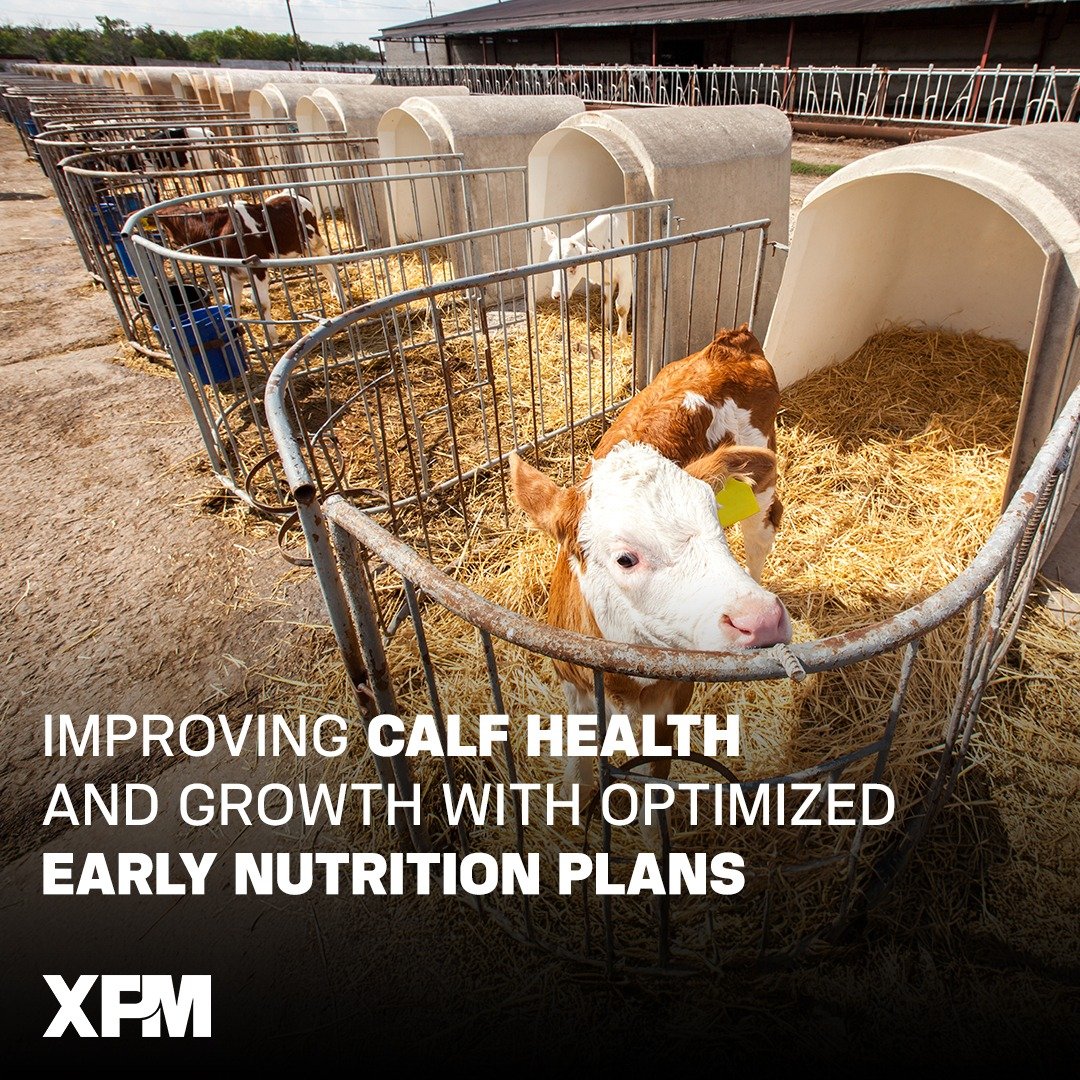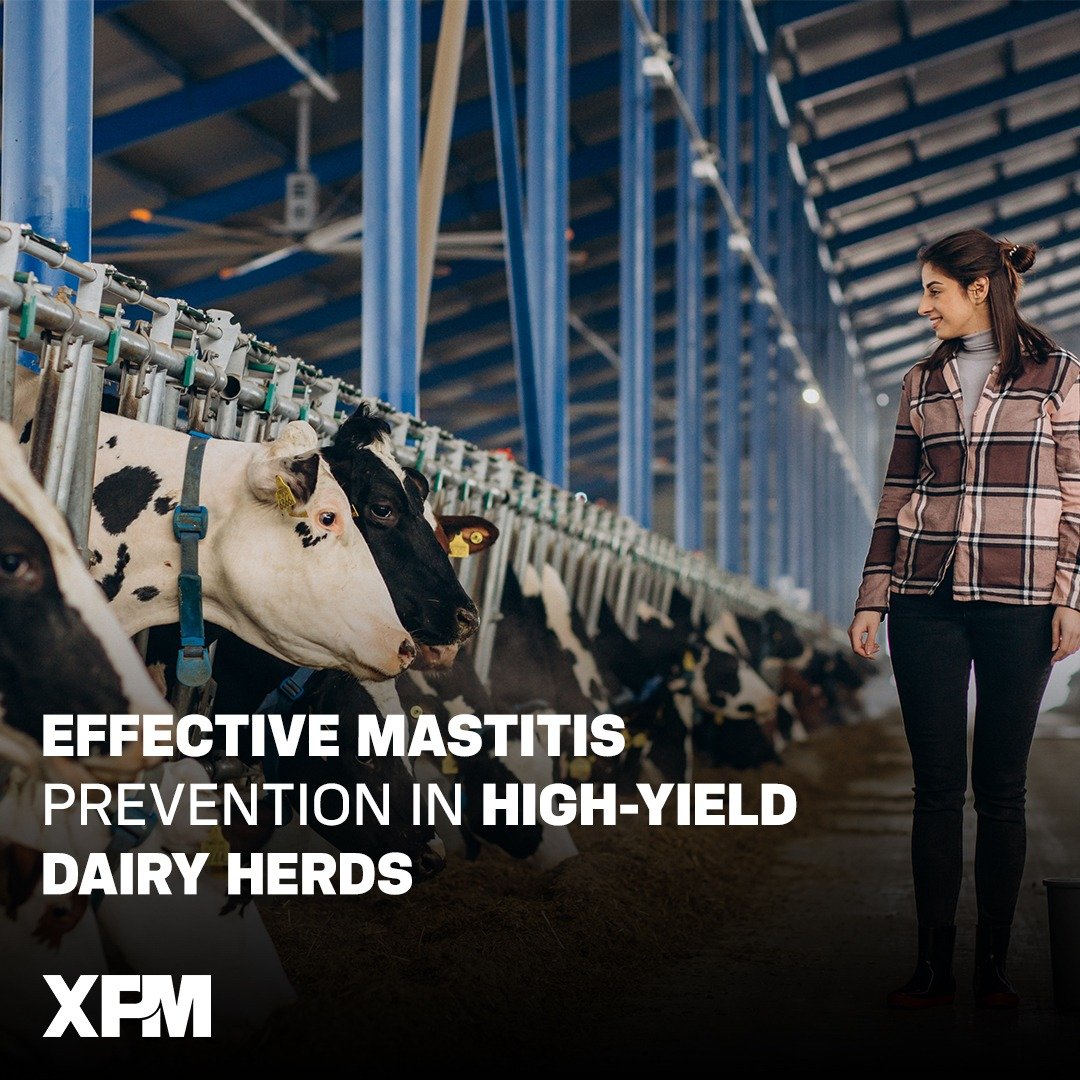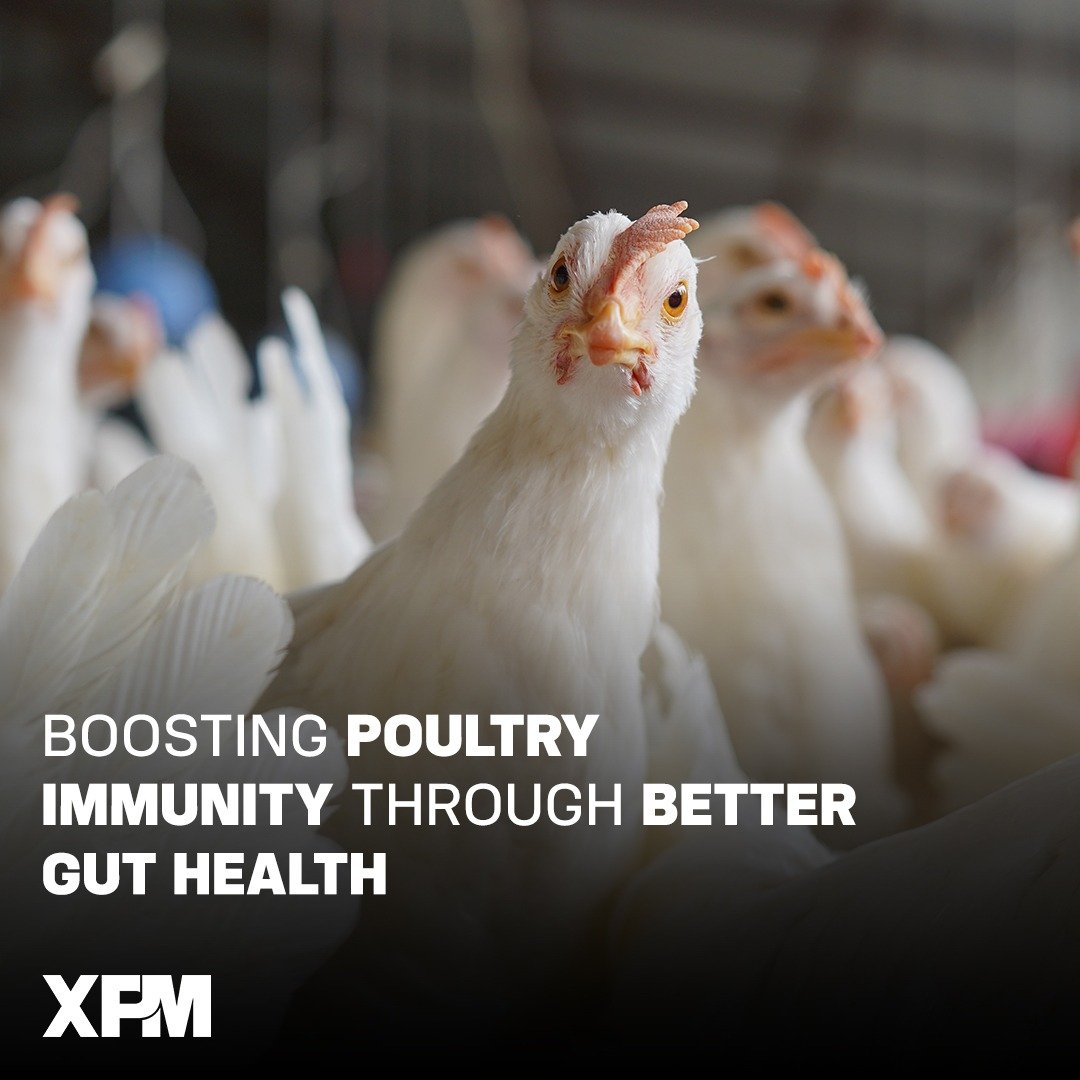In the ever-competitive landscape of U.S. dairy farming, optimizing cow health and maximizing milk yield are not just desirable—they are essential for long-term profitability. With rising input costs, regulatory pressures, and evolving consumer demands, modern dairy producers must adopt proven, science-backed strategies to stay ahead.
Below, we explore top approaches used across successful U.S. dairy farms to ensure peak cow performance and milk production.
1. Focus on Balanced Nutrition
High-producing dairy cows require diets rich in energy, protein, fiber, minerals, and vitamins.
-
Formulate rations with the help of a nutritionist using Total Mixed Ration (TMR) principles.
-
Include digestible fiber sources (e.g., alfalfa hay, beet pulp) to support rumen function.
-
Ensure adequate bypass protein to meet amino acid demands for milk synthesis.
Pro tip: Use rumen-protected fats to increase energy density without disrupting fiber digestion.
2. Maintain Consistent Cow Comfort
Comfortable cows are more productive. Simple changes can greatly improve cow well-being.
-
Ventilation: Prevent heat stress with proper airflow and cooling systems.
-
Bedding: Keep stalls clean and dry with deep sand or mattresses.
-
Space: Ensure enough lying time—target at least 12 hours/day for lactating cows.
3. Prioritize Preventive Health Programs
Early disease detection and prevention saves money and protects production.
-
Implement routine herd health checks with a vet.
-
Use vaccination protocols for diseases like mastitis, BVD, and respiratory infections.
-
Adopt hoof trimming schedules to prevent lameness.
4. Enhance Rumen Fermentation and Microbiota Balance
The rumen is central to productivity—supporting its microbial ecosystem is critical.
-
Incorporate postbiotics or metabolite-based supplements to optimize fermentation.
-
Support lactate-utilizing bacteria to reduce acidosis risks.
-
Maintain proper forage-to-concentrate ratios to stabilize pH.
5. Monitor Reproduction and Fresh Cow Performance
Fertility and transition health directly impact milk yields.
-
Use activity monitors or heat detection software to improve breeding efficiency.
-
Monitor fresh cows for metabolic disorders (e.g., ketosis, hypocalcemia).
-
Offer transition cow diets high in calcium availability and controlled energy.
Cows that calve cleanly and cycle quickly are more likely to peak higher in milk.
6. Implement Precision Technologies
Smart dairy tech can uncover opportunities and flag issues early.
-
Install automated milking systems, rumination collars, and real-time health monitors.
-
Track feed intake, rumen activity, and milk flow using cloud-based platforms.
-
Analyze milk components daily to detect shifts in health or diet response.
Data-driven decision-making improves productivity and reduces waste.
7. Foster Skilled, Motivated Labor
A well-trained team makes all the difference on a modern dairy farm.
-
Provide continuous training in cow handling, hygiene, and calving assistance.
-
Create a positive workplace culture to retain skilled staff.
-
Incentivize based on herd performance or milk quality metrics.
Conclusion
Improving cow health and milk yield isn’t about chasing the latest trend—it’s about consistent, strategic execution of proven practices. From nutrition and comfort to microbial balance and data insights, every aspect matters. U.S. dairy farms that invest in cow-centered, tech-enabled management will continue to thrive despite industry challenges.
Are you ready to transform your herd’s health and productivity? Contact our dairy solutions team today to learn how nutritional strategies and innovative tools like postbiotics can elevate your farm’s performance.





